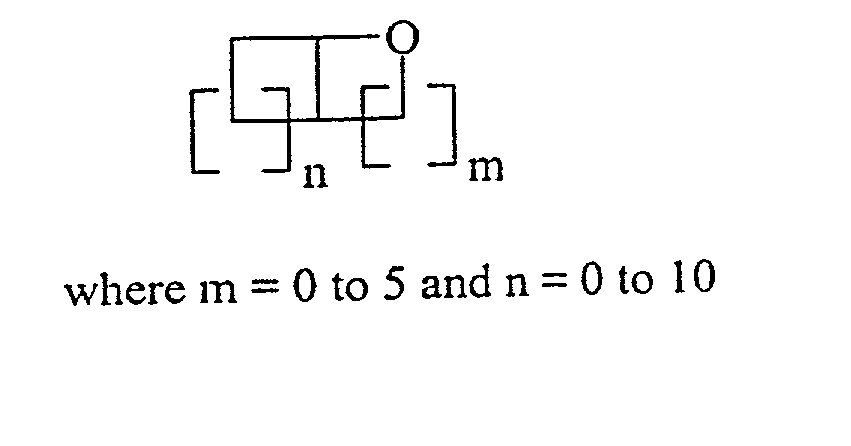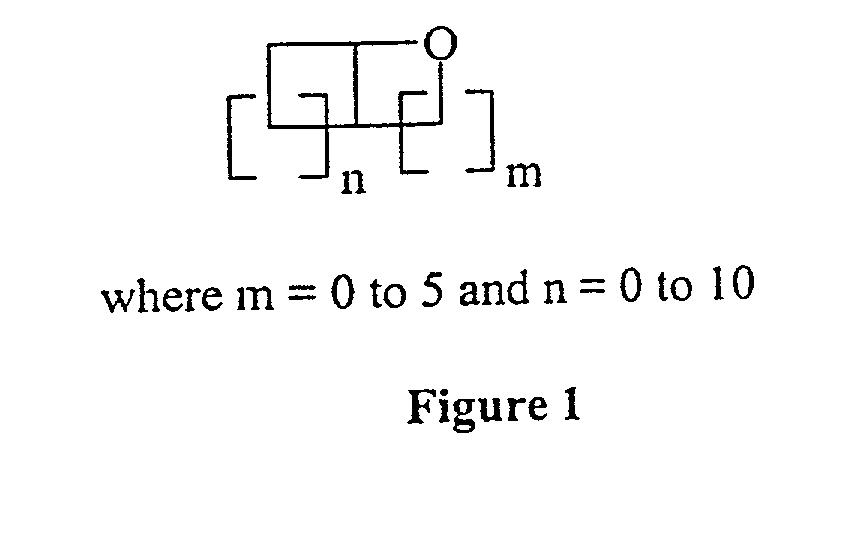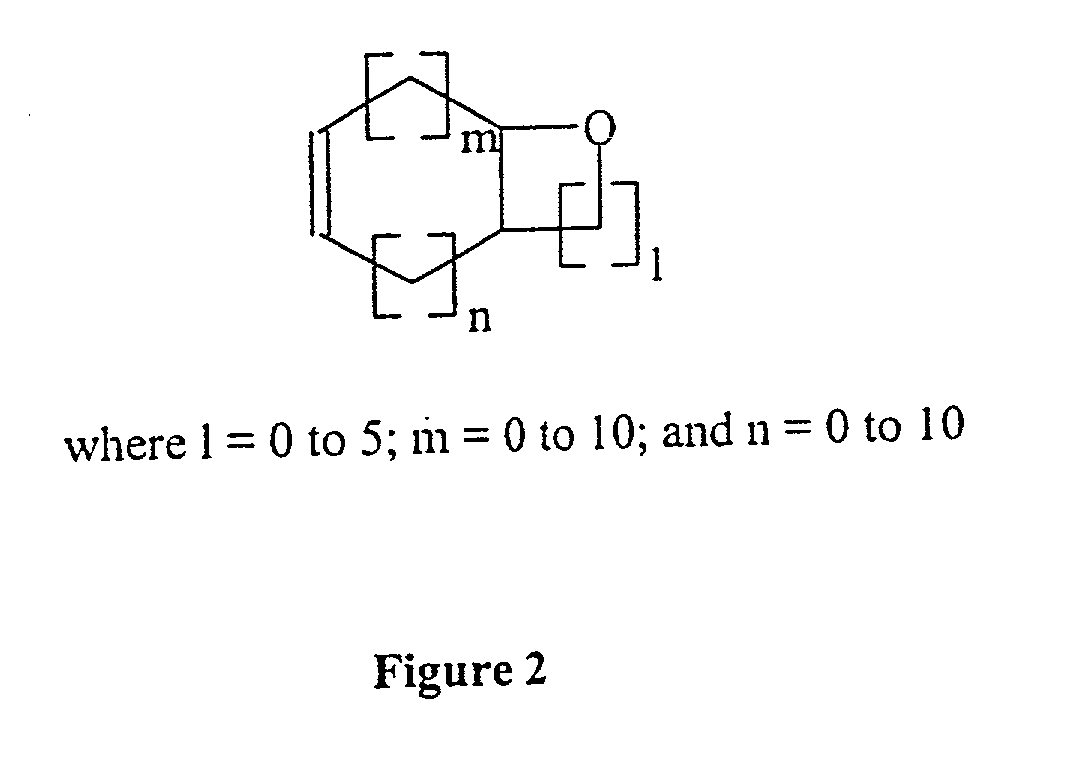Ultralow dielectric constant material as an intralevel or interlevel dielectric in a semiconductor device and electronic device containing the same
a technology of ultralow dielectric constant material and semiconductor device, which is applied in the direction of semiconductor/solid-state device details, coatings, chemical vapor deposition coatings, etc., can solve the problems of increasing signal delays in ulsi electronic devices, dielectrics are rendered useless during integration, and dielectric materials are not thermally stabl
- Summary
- Abstract
- Description
- Claims
- Application Information
AI Technical Summary
Benefits of technology
Problems solved by technology
Method used
Image
Examples
example 1
[0052] In this example, according to FIG. 3, a wafer is first prepared by introducing the wafer into reactor 10 through a slit valve 14 and pre-etching the wafer by argon gas. In this wafer preparation process, the wafer temperature is set at about 1 80.degree. C. and the argon flow rate is set at about 25 sccm, to achieve a pressure of about 100 mTorr. A RF power is then turned on to about 125 W for about 60 seconds. The RF power and the argon gas flow are then turned off.
[0053] The TMCTS precursor is carried into the reactor reactor using He as a carrier gas; He is at a pressure of about 5 psig at the inlet to the TMCTS container. The ultralow-k film according to the present invention can be deposited by first establishing gas flows of TMCTS+He and CPO to desired flow rates and pressure, i.e., at about 20 sccm of TMCTS+He and about 6 sccm of CPO and about 100 mTorr. A RF power is then turned on at about 15 W for a time period of about 50 minutes. The RF power and the gas flow are ...
first embodiment
[0055] Results of the first embodiment are now discussed in reference to FIGS. 4 and 5. FIG. 4 presents a Fourier transform infrared ("FTIR") spectrum of a typical SiCOH film. The spectrum displays a strong Si--O absorption band at about 1000-1100 cm.sup.-1, a Si--CH.sub.3 absorption peak at about 1275 cm.sup.-1, a Si--H absorption band at about 2150-2250 cm.sup.-1 and small C--H absorption peaks at about 2900-3000 cm.sup.-1. The relative intensities of the CH, SiH and SiCH.sub.3 peaks as compared to the SiO peak of the SiCOH film are presented in Table 1 herein below.
[0056] FIG. 5 presents the FTIR spectrum obtained from an ultralow-k film prepared from a mixture of (TMCTS+He)+CPO in accordance with the present invention. The spectrum displays the Si--O, Si--CH.sub.3, and C--H absorption peaks, as in FIG. 4. However, the Si--H peak is missing, the intensity of the C--H absorption band at about 2900-3000 cm.sup.-1 is much stronger for the ultralow-k film than for the SiCOH film show...
example 2
[0057] In this example, a wafer is prepared as described in Example 1, but the wafer temperature is set at about 300.degree. C. The TMCTS precursor is then carried into the reactor using He as a carrier gas; He is at a pressure of about 5 psig at the inlet to the TMCTS container. The ultralow-k film according to the present invention can be deposited by first establishing gas flows of TMCTS+He and CPO to desired flow rates and pressure, i.e., at about 150 sccm of TMCTS+He and about 50 sccm of CPO and about 2000 mTorr. A RF power is then turned on at about 150 W for a time period of about 10 minutes. The RF power and the gas flow are then turned off. The wafer is then removed from the reaction reactor 10 and annealed as described in Example 1.
PUM
| Property | Measurement | Unit |
|---|---|---|
| temperature | aaaaa | aaaaa |
| dielectric constant | aaaaa | aaaaa |
| dielectric constant | aaaaa | aaaaa |
Abstract
Description
Claims
Application Information
 Login to View More
Login to View More - R&D
- Intellectual Property
- Life Sciences
- Materials
- Tech Scout
- Unparalleled Data Quality
- Higher Quality Content
- 60% Fewer Hallucinations
Browse by: Latest US Patents, China's latest patents, Technical Efficacy Thesaurus, Application Domain, Technology Topic, Popular Technical Reports.
© 2025 PatSnap. All rights reserved.Legal|Privacy policy|Modern Slavery Act Transparency Statement|Sitemap|About US| Contact US: help@patsnap.com



